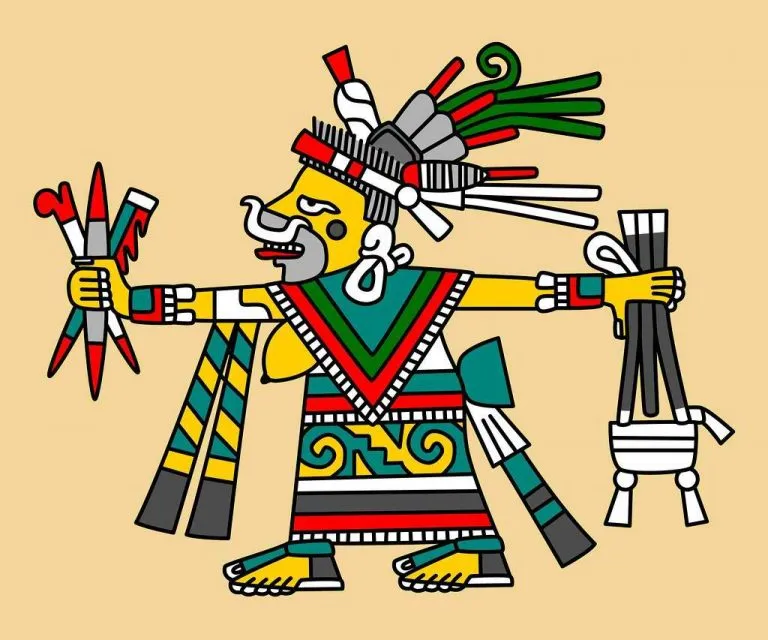Symbol of purification, fertility, birth.

Tlazolteotl, an intriguing deity in the Aztec pantheon, was known as the goddess of purification, filth, and sin. This multifaceted goddess played a complex role in Aztec religion, embodying the concepts of both the creator and absolver of sin.
She was associated with the earth, fertility, and childbirth, as well as with the cleansing of impurities and the forgiveness of moral wrongdoings.
Tlazolteotl’s dual nature allowed her to be seen as a figure who could both induce and cure disease, particularly those related to sexual transgressions. As a deity of the earth and fertility, she was also invoked by women in labor and was believed to oversee the cycles of life, from birth through death, and even rebirth.
One of the most fascinating aspects of Tlazolteotl’s worship was her role in the confession of sins. The Aztecs believed that by confessing their sins to a priest who represented Tlazolteotl, they could be cleansed and forgiven. This practice underscores the belief in the possibility of purification and renewal, no matter the transgression.
Tlazolteotl was often depicted in Aztec art as a woman giving birth or as a figure adorned with symbols of filth and decay, such as cotton loincloths, which signified her connection to both the lowest and most sublime aspects of human existence. Despite her association with sin and impurity, Tlazolteotl was ultimately a figure of hope, offering the chance for redemption and a fresh start. Her worship highlights the Aztec understanding of morality, the inevitability of sin, and the omnipresent possibility of forgiveness and renewal.
